This year’s 35 Innovators are making it possible for familiar materials like glass, steel, and electronics to have completely new properties.
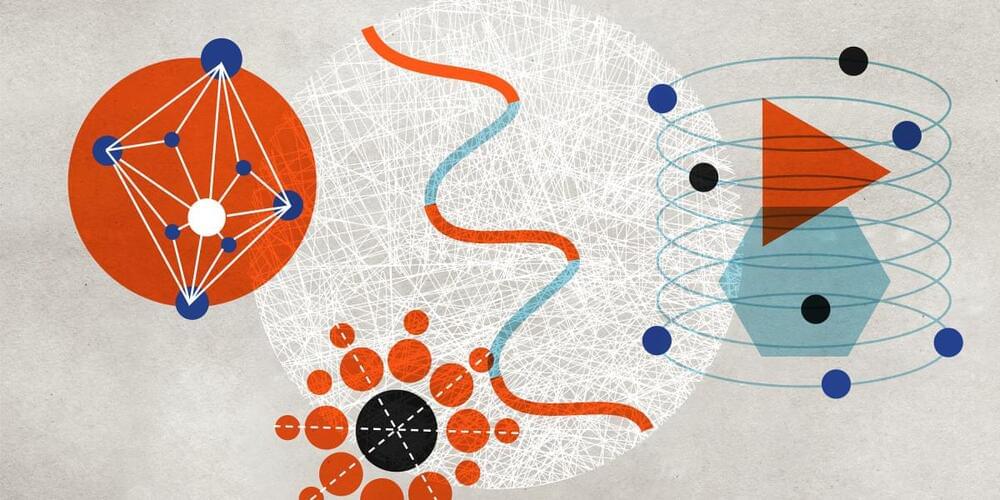

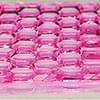
Extrusion-based 3D printing/bioprinting is a promising approach to generating patient-specific, tissue-engineered grafts. However, a major challenge in extrusion-based 3D printing and bioprinting is that most currently used materials lack the versatility to be used in a wide range of applications.
New nanotechnology has been developed by a team of researchers from Texas A&M University that leverages colloidal interactions of nanoparticles to print complex geometries that can mimic tissue and organ structure. The team, led by Dr. Akhilesh Gaharwar, associate professor and Presidential Impact Fellow in the Department of Biomedical Engineering, has introduced colloidal solutions of 2D nanosilicates as a platform technology to print complex structures.
2D nanosilicates are disc-shaped inorganic nanoparticles 20 to 50 nanometers in diameter and 1 to 2 nanometers in thickness. These nanosilicates form a “house-of-cards” structure above a certain concentration in water, known as a colloidal solution.

The library of two-dimensional (2D) layered materials keeps growing, from basic 2D materials to metal chalcogenides. Unlike their bulk counterparts, 2D layered materials possess novel features that offer great potential in next-generation electronics and optoelectronics devices.
Doping engineering is an important and effective way to control the peculiar properties of 2D materials for the application in logical circuits, sensors, and optoelectronic devices. However, additional chemicals have to be used during the doping process, which may contaminate the materials. The techniques are only possible at specific steps during material synthesis or device fabrication.
In a new paper published in eLight, a team of scientists led by Professor Han Zhang of Shenzhen University and Professor Paras N Prasad of the University of Buffalo studied the implementation of neutron-transmutation doping to manipulate electron transfer. Their paper, titled has demonstrated the change for the first time.

An international team of researchers has demonstrated a technique that allows them to align gold nanorods using magnetic fields, while preserving the underlying optical properties of the gold nanorods.
“Gold nanorods are of interest because they can absorb and scatter specific wavelengths of light, making them attractive for use in applications such as biomedical imaging, sensors, and other technologies,” says Joe Tracy, corresponding author of a paper on the work and a professor of materials science and engineering at North Carolina State University.
It is possible to tune the wavelengths of light absorbed and scattered by engineering the dimensions of the gold nanorods. Magnetically controlling their orientation makes it possible to further control and modulate which wavelengths the nanorods respond to.

University of ChicagoFounded in 1,890, the University of Chicago (UChicago, U of C, or Chicago) is a private research university in Chicago, Illinois. Located on a 217-acre campus in Chicago’s Hyde Park neighborhood, near Lake Michigan, the school holds top-ten positions in various national and international rankings. UChicago is also well known for its professional schools: Pritzker School of Medicine, Booth School of Business, Law School, School of Social Service Administration, Harris School of Public Policy Studies, Divinity School and the Graham School of Continuing Liberal and Professional Studies, and Pritzker School of Molecular Engineering.
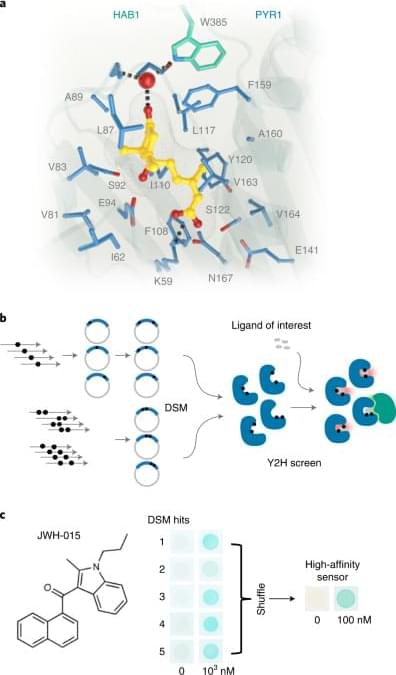
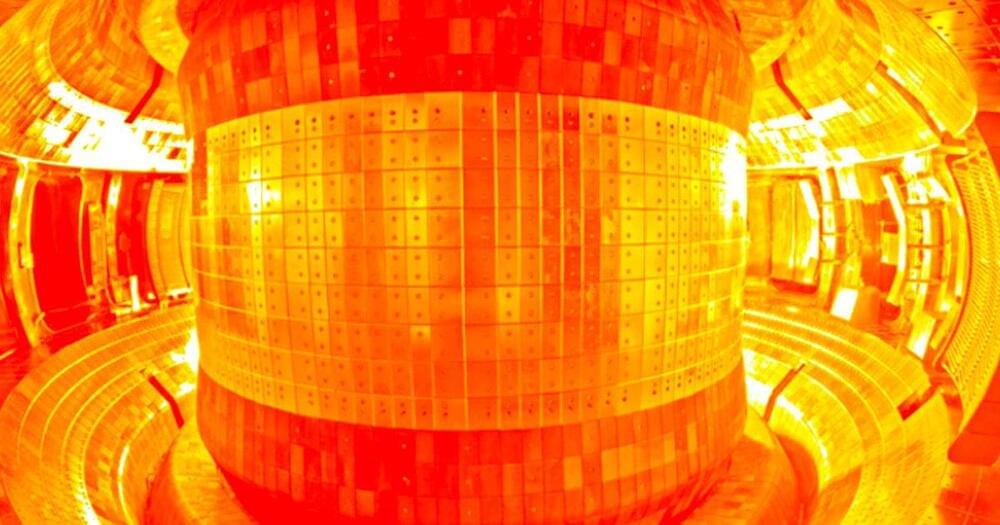
The world’s leading powers are investing in nuclear fusion and working to resolve the engineering challenges associated with it. If successful, nuclear fusion can provide nearly limitless energy with minimal waste. Chinese ‘Military’ Base Near USA – After Australia, China Looks To Develop Solomon Islands-Like Facility Near Hawaii – Reports China’s new announcements indicate that […].
How small is a TRANSISTOR exactly? Companies like Intel and AMD talk about transistors being 2 or 3 nanometers large, but is that actually how small they are? In this video, we’re going to zoom in on the smallest devices and technologies that drive our modern world.
If you’re wondering why some devices are out of order in regards to size, here’s the reason. The order of devices shown is primarily organized by decreasing size, however sometimes we prioritize the year in which the technology was commercialized, and then a couple times we order the objects based on the flow of the animation.
Do you want to support in-depth engineering and technology education? Support us on: www.patreon.com/brancheducation.
Or Join us on YouTube Memberships:
https://www.youtube.com/channel/UCdp4_l1vPmpN-gDbUwhaRUQ/join.
Website: www.branch.education.
Credits:

We’ll need thousands of these direct air capture plants or their equivalents from industry and nature to reduce atmospheric CO2.
Direct Air Capture, also known as DAC, is one of a number of carbon capture technologies seen as a way to mitigate the worst impacts of global warming. The technology harvests carbon dioxide (CO2) from ambient air. It is not an add-on to a coal-fired or natural-gas thermal power plant, but rather a standalone solution to removing CO2 from the atmosphere for the purpose of permanently sequestering it underground.
A leader in this form of carbon capture and sequestration (CCS) is Carbon Engineering, a Canadian-based company whose demonstration plant sits in Squamish, British Columbia. Bill Gates is an investor. And now Occidental Petroleum through its subsidiary 1PointFive has entered into a partnership to build and deploy a minimum of 70 or as many as 135 DAC plants like the one seen in the picture above by 2035.
Each facility will have the capacity to remove a megaton of CO2 from the atmosphere annually. The methodology uses a tower structure containing an array of giant fans which pull in air that then passes over a solution containing potassium hydroxide which attracts and binds the CO2 to it. Once captured the CO2 can then be compressed and shipped by pipeline to a sequestering site. And although a megaton sounds like a lot of CO2, it really is not.
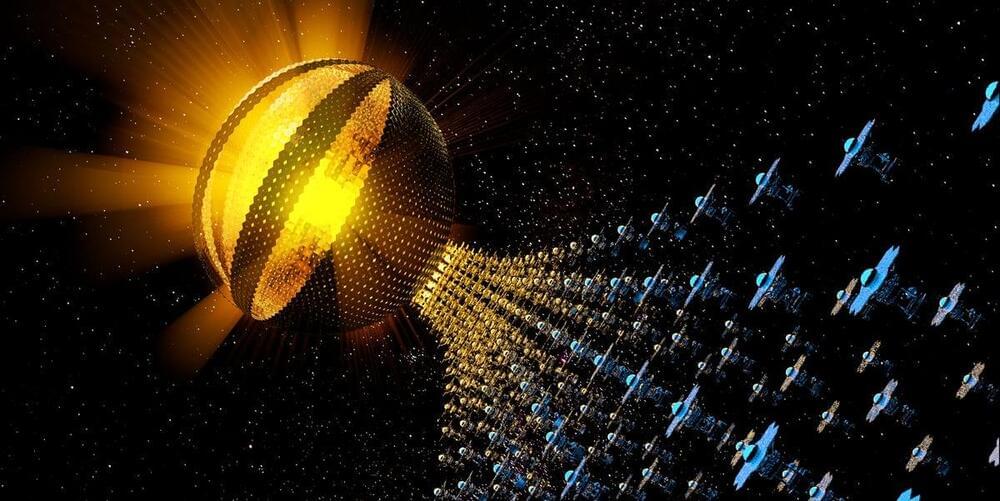
This sci-fi megastructure has captivated big thinkers for decades. A leading expert in astrobiology tells us how to construct one.
The paper focused more on theory than engineering, and Dyson provided scant details on what such a megastructure might look like or how we might build one. He described his sphere only as a “habitable shell” encircling a star. But that was enough to captivate and inspire astrophysicists, scientists, and sci-fi writers. In some depictions, the Dyson Sphere, as it became known, appears as a massive ring encircling a star and reaching nearly to Earth. In others, the Sphere completely encases the sun, a hulking megastructure capturing every bit of that star’s energy. In addition to scientific works, Dyson Spheres have appeared in novels, movies, and TV shows—including Star Trek —as a home for advanced civilizations.
Dyson himself understood the challenges of constructing such a massive structure, and he was skeptical that it might ever happen. Nonetheless, his Sphere has stirred ambitious ideas about the future of our civilization, and it continues to be offered as a solution to some of humanity’s most dire dilemmas. Harnessing the total energy of our sun—or any star—would solve our immediate and long-term energy crisis, but when civilization gains access to the complete energy output of a star, meeting our terrestrial energy needs is just the beginning.
With so much energy available, we could direct high-powered laser pulses toward exoplanets that we think may contain life, immeasurably expanding our chances of communicating with distant civilizations. These Dyson-powered beams could travel farther into the universe than anything currently possible, penetrating the higher-density areas of space, such as dust clouds, which decay the signals we send now.